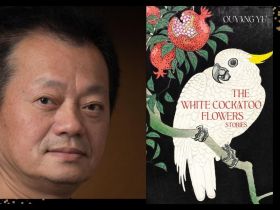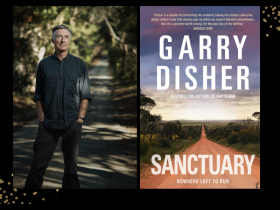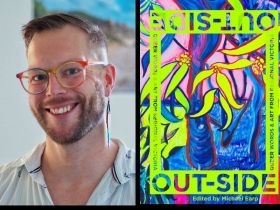That author earnings are perilously low is no secret. Lest anyone has forgotten the figures, an Australian Society of Authors (ASA) survey in 2020 discovered that of the total respondents, almost 80% earn less than $15,000 per year, with 49.7% earning between $0 and $1999 per year.
To eke out a basic living wage, the majority of writers have day jobs or side hustles to support themselves, and often this work leans into teaching, whether full-time, part-time or as a freelancer.
ArtsHub asks four teacher-writers about the tricky balance of honouring their professional and creative interests.
Wearing two hats as an educator and a writer
All of the writers canvassed speak positively of a bifurcated career path that tries to make space for creative writing in between a teaching job or a series of educative gigs that pay the bills. Sometimes the two spill over into each other as when writers teach about the craft of writing.
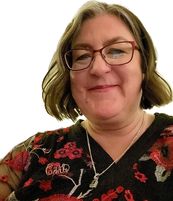
Judith Ridge, a secondary teacher/librarian who’s also working on her PhD on Australian fantasy fiction for children and teenagers, says, ‘I have always felt that having a day job has fed my writing in really positive ways, and it’s certainly shaped what I write about and made me a more efficient writer.’
As a novelist who works across genres, and also regularly contributes non-fiction articles to media outlets (including ArtsHub) in between teaching English and literacy skills, Amra Pajalić also finds that having to deconstruct texts has helped her to develop her own novel-writing skills. ‘Learning to teach at a sentence level has added depth to my writing,’ she tells ArtsHub. ‘Also, being a professional writer gives me a lot of empathy for the demands we place on students to write in various genres and all the skills we want them to demonstrate.’
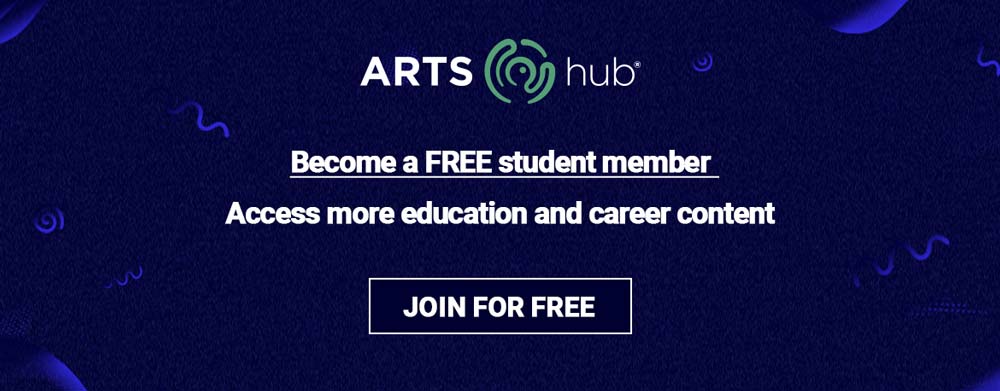
Lindy Alexander concurs with the idea of the two jobs complementing each other. She’s a food and travel writer, who also creates content for businesses, brands and universities, as well as running The Freelancer’s Year, a blog and online writing courses hub for aspiring and established freelance writers. ‘I’m always using practical examples of how I’ve pitched to editors or how I’ve approached content clients with my students, and I think this helps my students anchor what I’m teaching in “the real world”.
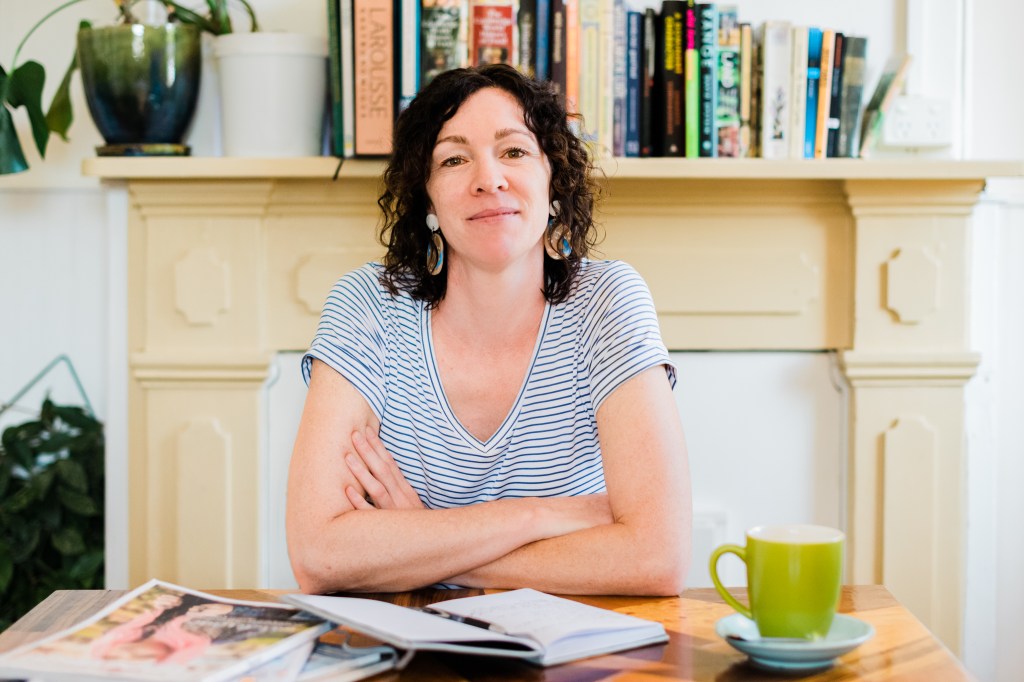
‘And, similarly, my students are from diverse backgrounds (culturally, educationally etc), so they are always asking questions that stretch me and they are great supports to each other in the communities that I run, so I’m always learning from them too.
‘I love the teaching component of my work because it allows me to connect with other writers and help them. It feels like the right balance to be a practitioner/writer as well as a teacher.’
But what about the detriments of being beholden to both and wholly of neither?
Ridge speaks of the difficulty of combining both loves and of having ‘almost nothing in the tank (or quill)’ at the end of the working day. ‘I really love the personal essay, and have been working on a memoir of my own childhood reading for what seems like years now, but finding the time and energy to work on it (even leaving aside the demands of my PhD) is really hard. Teaching is exhausting: dealing with well over 100 students each recess and lunchtime, and managing the day-to-day library needs…’
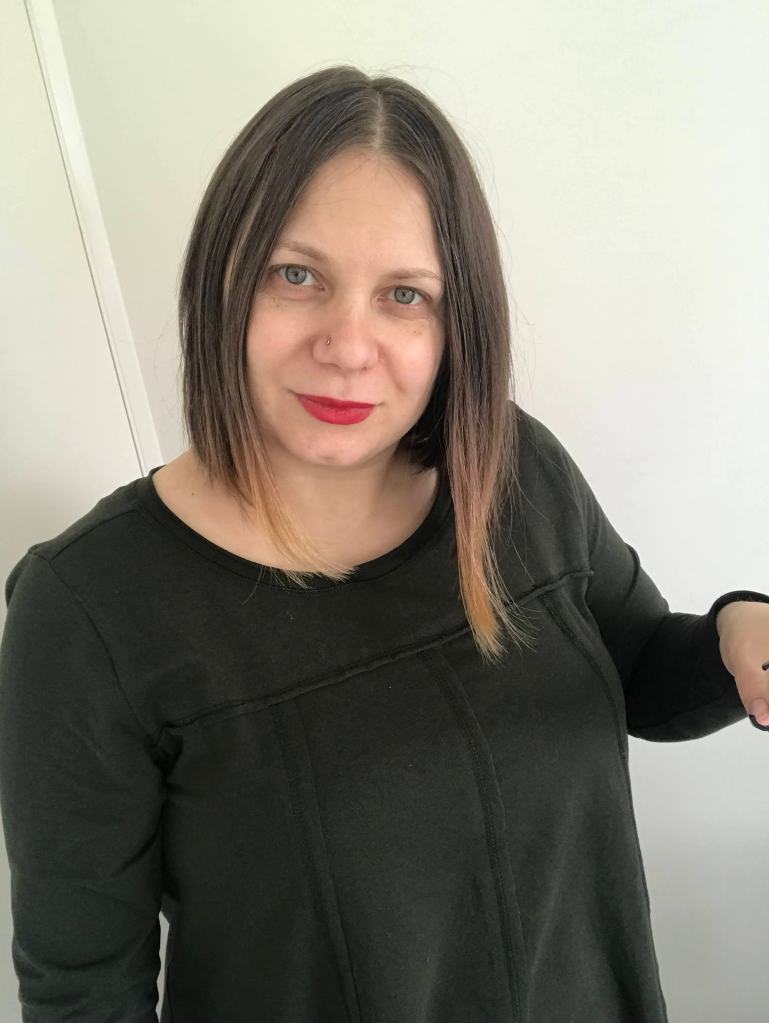
Being pulled in two directions is something with which Pajalić is familiar: ‘Being a writer while working as a teacher often means that I am stretched and juggling to fit in writing around my paid work. Sometimes I have to take part in professional development that feels condescending as the presenters are teaching me how to suck eggs.’
Alexander also attests to the struggles of a split focus. ‘Inevitably, what ends up happening is my freelance writing takes precedence, because the income it brings in is immediate – for example, an editor approaches me to write an article and I know I’ll get money from that. Whereas if I spend a day adding a new lesson to a course or writing a sales page the money isn’t as obvious.’
Vivienne Pearson, who describes herself as writing ‘in many different colours’ (features and opinion pieces for newspapers and magazines, as well as creating content for businesses and organisations), also teaches opinion writing and freelance writing. She explains, ‘My main challenge is how to balance encouraging and celebrating the enthusiasm of new writers – which is fabulous and something I still experience myself at times – with the realities of the industry, such as poor pay rates and slow response times from editors. One way I manage this discomfort is volunteering my time as part of the MEAA’s efforts to improve rates and respect for freelancers.
Read: Good Work: building a stronger arts ecosystem
Advice for writers who want to break into teaching (or teachers who want to pursue creative writing?)
Aside from the many years needed to qualify as a teacher – including unpaid internships – at a primary or secondary level, Ridge points out, ‘If a writer thought that a teaching job may be a good way to earn a decent income to support their writing, they will be massively underestimating the demands of the job and how little they will have left over for their own creative endeavours. No one should go into teaching unless they are totally passionate about education.’
Rather than a full-time teaching load, however, for those interested in teaching the odd course or two, maybe about an aspect of writing itself, Alexander’s advice is an enthusiastic ‘go for it!’ She does qualify this by adding that it can be a good idea to start small: ‘Perhaps offer a one- or two-hour class on a very specific aspect of writing at your local community centre or local library?’ she suggests.
‘That really helps you refine what you’re teaching about and what questions your audience will have. Or you can offer to do some guest teaching for people. For example, I often host expert writers in one of my online communities – such as writers who specialise in white papers, UX writers etc,’ she says.
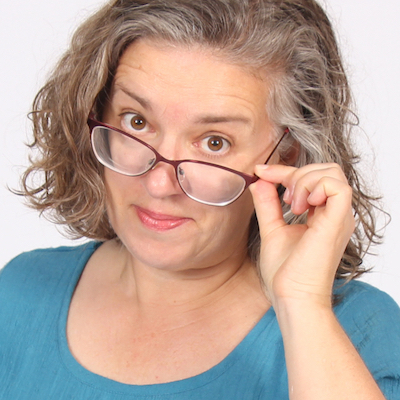
Pearson also advises potential teacher/writers ‘to focus on what you’re doing as a writer that people seem to be curious about and that doesn’t seem to be covered in courses elsewhere’.
‘There’s then a really big question about whether to offer the course yourself – which entails doing all the tech, admin and marketing – or to see if an existing organisation may be interested in you offering your course through them.’
On the other side of the equation – for teachers who are thinking of taking up writing on the side – Ridge recommends taking ‘advantage of the enormous resources available through industry-related social media, writing programs at universities and writers’ centres’.
‘And get to know the industry you are interested in being part of,’ she says. ‘There has never in the whole of human history been more resources and opportunities for people wanting to write than there are right now.’
However, she adds, as note of caution, ‘Teachers do have a raft of ethical issues to consider if they are tempted to write about their work, as well as the fact that they are subject to strict codes of conduct around commenting on educational policy, their schools, colleagues and teachers.
‘This can be obvious if we’re talking about memoirs, opinion pieces, non-fiction and essays, but it also applies to fiction, poetry, playwriting etc. They also need to be careful to separate their writing life and time from the teaching as, if there is any suggestion they have used school resources or written during their required teaching hours, then they run the very real risk of their employer claiming their copyright. So talk to your principal (and the ASA!) if you have any concerns or are unclear on the parameters.’
Though the struggle to balance both teaching and writing can feel skewed to one or the other side at times, it seems that having both in one’s career portfolio is valuable. As Pearson concludes, ‘As someone who thrives on variety and knows the value of teachers-who-also-do, I would not want to solely teach. That’s at this stage in my career anyway; I feel like I’m still learning all the time. My love of variety applies to my writing also. I both write and teach feature and opinion writing. I know there’s value in niching and specialising, but I get too much spice in my work life from variety!’

